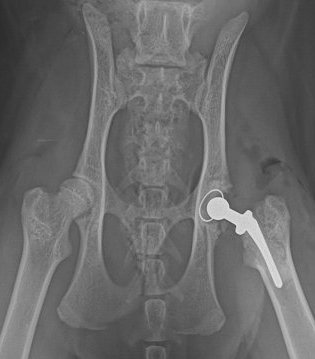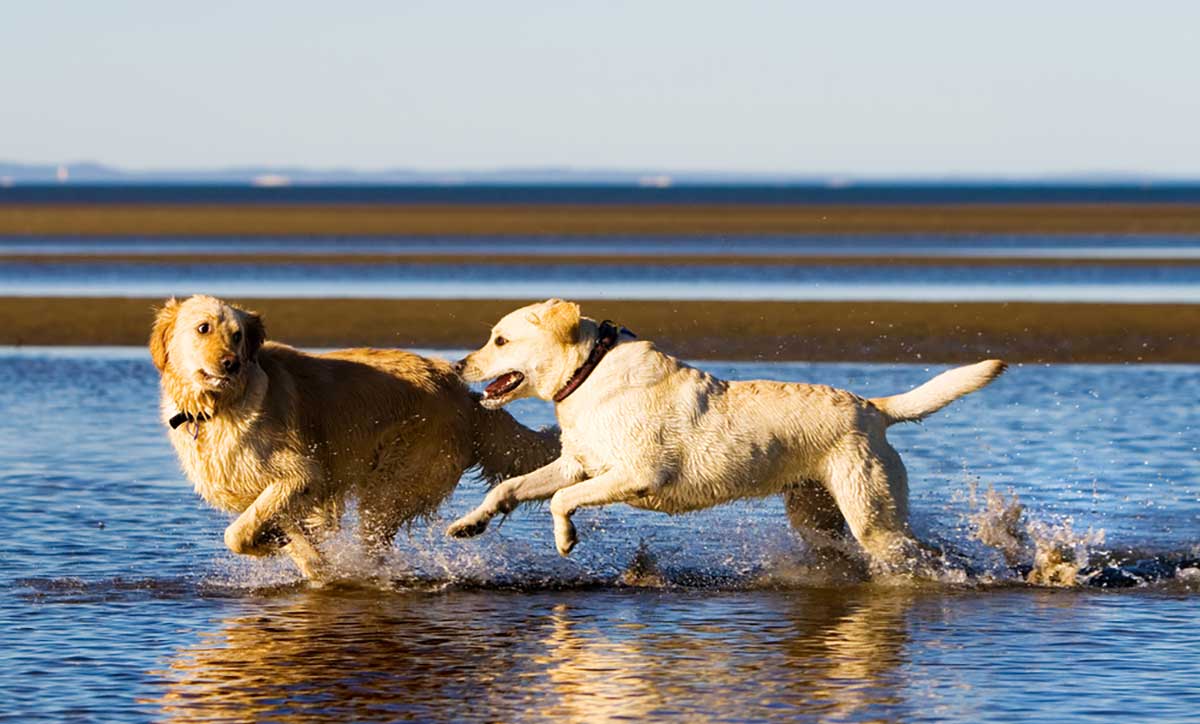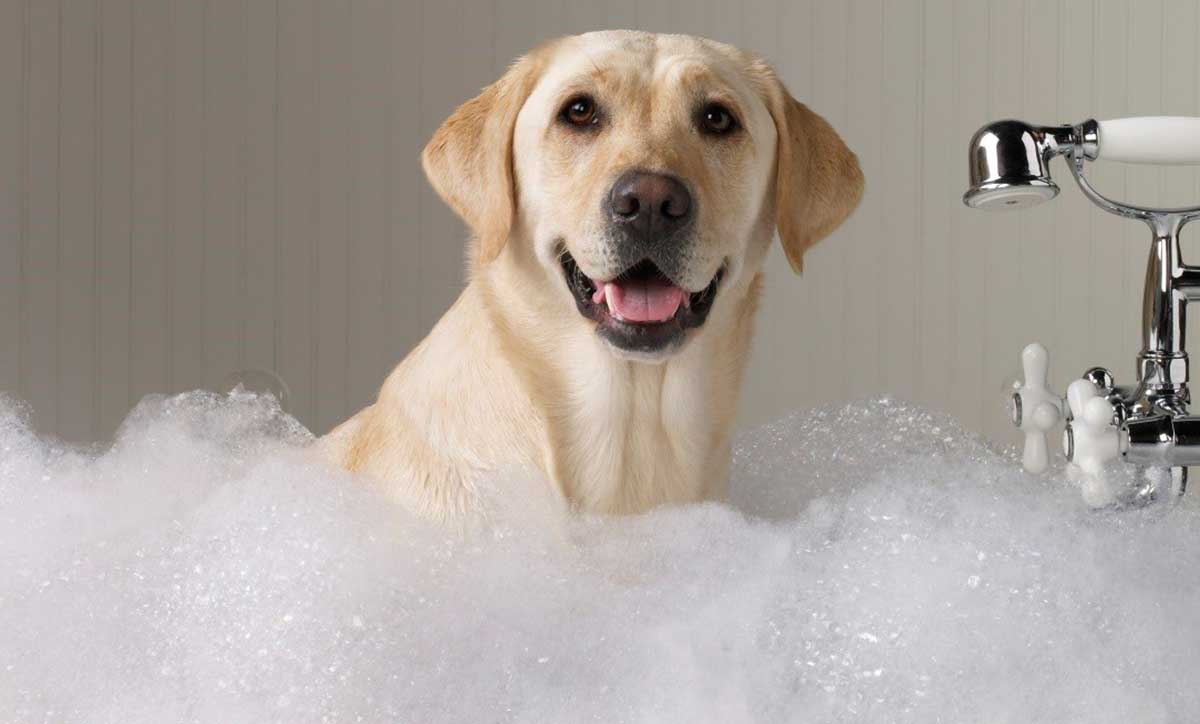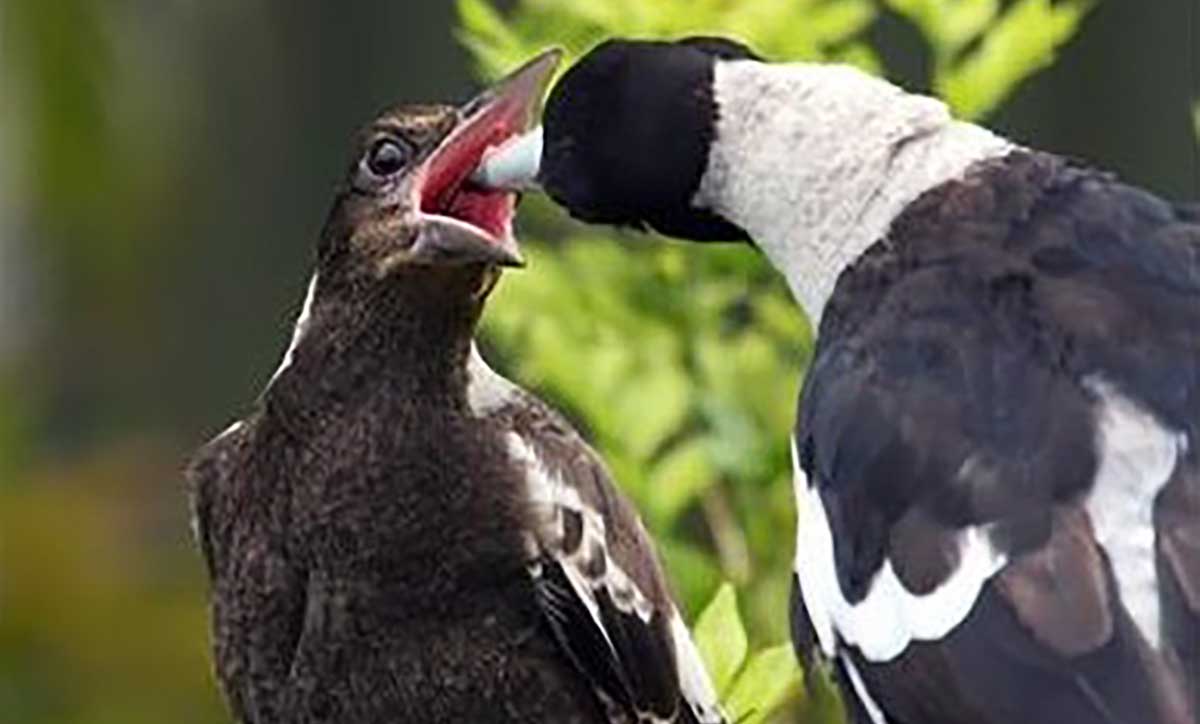What is Arthritis?
Arthritis is one of the most common diseases affecting dogs and cats as they get older. In fact, arthritis affects 1 in 5 adult dogs and cats and becomes even more common the older they get. The most common form of arthritis in our pets is osteoarthritis (also called degenerative joint disease) which is deterioration and inflammation within joints due to wear and tear. Osteoarthritis causes damage to the cartilage lining the bones, thinning of the joint fluid which lubricates joints and the formation of bone spurs in and around joints. These changes along with the associated inflammation cause pain and gradual loss of function.
Signs of Osteoarthritis
Arthritis is an inflammatory condition which causes pain and though our pets rarely cry out in pain, they do tell us in other ways if we look closely. The earliest signs of arthritic pain are getting up more slowly after resting or difficulty jumping up into the car or climbing steps. Some owners also notice that their pets are less active than previously or appear stiff when they move around, or even start to limp.
These signs typically develop gradually and many owners accept them as normal signs of old age (when seen in older patients), however, age does not make pets slow down, pain does and this is treatable.
Causes of Osteoarthritis
Osteoarthritis is essentially caused by wear and tear in the joints, however, this can be dramatically accelerated by certain conditions. The most common causes of osteoarthritis in young dogs are hip dysplasia, elbow dysplasia, and patella luxation. These are all inherited growth disorders which result in abnormal pressure in the joints and excessive wear. Trauma or joint injuries can also cause arthritis to develop at a young age.
In older patients, arthritis is due to age-related wear and tear. It is important to note however that pets with underlying problems such as obesity or hip dysplasia are likely to suffer arthritis due to wear and tear at a younger age than healthy pets.
How is Arthritis Diagnosed?
A probable diagnosis of osteoarthritis can be made based on your observations of your pets mobility at home and findings of joint pain on a clinical examination. However, since ligament injuries, immune-mediated arthritis (e.g. rheumatoid arthritis), infectious arthritis and bone tumours can cause similar symptoms, X-rays are valuable to confirm the diagnosis. In most cases, sedation or an anaesthetic is required to take good quality X-rays. In certain circumstances analysis of the joint fluid or a biopsy may also be needed.
Treatment of Osteoarthritis
The goals of treatment are to reduce the pain associated with arthritis so that your pet is more comfortable and to slow down the progression of arthritis. In most cases, the response to treatment is excellent, especially if started early, and owners are usually quite surprised at how much more active and mobile their pet becomes. However, the degeneration within the joint is permanent and will continue to get worse over time.
Most dogs and cats with mild to moderate osteoarthritis can be treated effectively with a combination of anti-inflammatory pain killers, an anti-arthritis medication called pentosan and a joint supplement containing glucosamine and chondroitin sulphate. Surgery can offer much greater relief in advanced arthritis where medications alone are no longer being effective.
Medication
- Most dogs and cats with mild to moderate osteoarthritis can be treated effectively with a combination of anti-inflammatory pain killers, an anti-arthritis medication called pentosan and a joint supplement containing glucosamine and chondroitin sulphate.
- Anti-inflammatory medications target the pain and inflammation associated with arthritis to improve your pets comfort levels. These medications are usually given as a tablet or syrup and require ongoing use for continued effect. Blood tests should be performed every 6 months for pets taking long term anti-inflammatory medications to ensure that they are well enough to continue taking this medication.
- Pentosan is an anti-arthritis medication that helps to improve the quality of the lubricating joint fluid and the cartilage within the joints. It also acts to reduce inflammation and can slow down the progression of arthritis. Pentosan is given as a series of weekly injections for 4 weeks and the effects typically last up to 6 months. Many pets with mild arthritis do not need to continue taking other anti-inflammatory medications after they have been treated with pentosan.
- Joint supplements containing glucosamine and chondroitin sulphate provide the basic building blocks for cartilage and assist in improving the health of articular (joint) cartilage and reducing the pain caused by arthritis. These supplements are often in the form of a powder which is added to your pets food or alternative Hills Pet Nutrition make a food called j/d which has these supplements build in. They must be given on an ongoing basis for continued benefit.

Surgery
- Surgery is usually reserved for pets which do not respond adequately to medication.
- Joint replacement surgery removes the worn-out old joint and replaces it with a prosthetic joint. Joint replacement surgery is available for hips, stifles (knees) and elbows.
- Excision arthroplasty is a procedure which removed the ball from the hip joint resulting in a false joint developing. This prevents the painful bone on bone contact and is very effective in cats and small dogs. In larger dogs this procedure can still be very effective, however, the advantage of a hip replacement over an excision arthroplasty increases as a dogs weight increases.
- Arthrodesis (Joint fusion) is used for joints where joint replacement surgery is not possible. This surgery causes permanent fusion of the joint and can be very effective at eliminating the pain associated with arthritis. While a fused joint changes the way a pet walks, most pets adapt very well and have a greatly improved quality of life after a joint arthrodesis.
Home Care
- Your pet’s lifestyle will also have a great impact on how well they manage with their arthritis.
- Activity should be restricted to a level that doesn’t aggravate the condition. If your pet is sore after a walk you should try shorter walks or if chasing the ball makes things worse then play for less time or find a lower impact form of play. Swimming is an excellent form of exercise as it is non-weight bearing, and puts less stress on joints.
- Cold should be avoided as much as possible. Arthritis will always be worse in winter. Pets with arthritis should have a warm area free from drafts to sleep in. If your pet is allowed to sleep inside, especially overnight, this will help. Otherwise, try to minimize exposure to cold by providing thick warm bedding (ideally not on concrete), a warm sheltered area (e.g. kennel or shed), even consider a warm dog coat for winter.
- Being overweight puts added pressure on joints, increasing pain and degeneration. It is very easy for an arthritic patient to become overweight as their activity levels decrease due to their pain and ageing. Overweight pets need to be dieted – pleased talk to us for advice about this.




